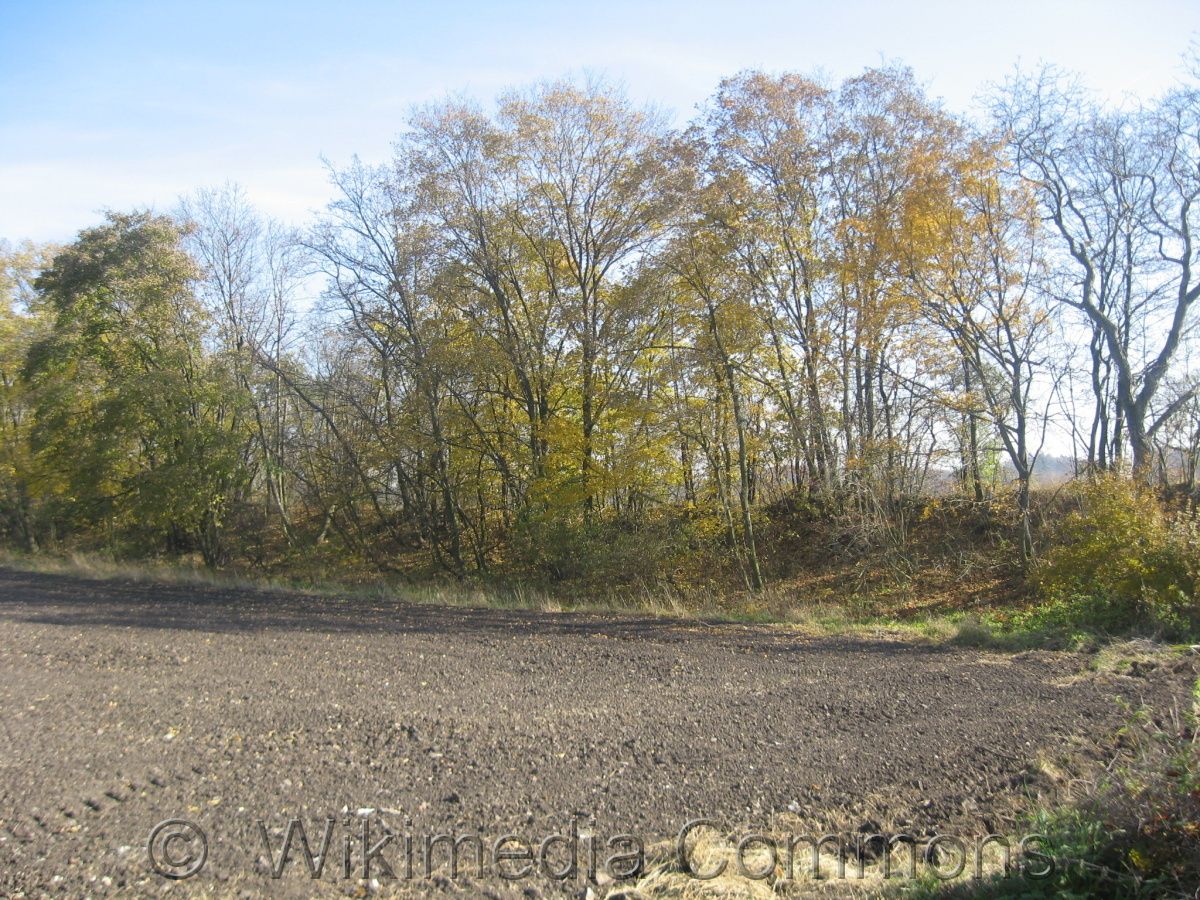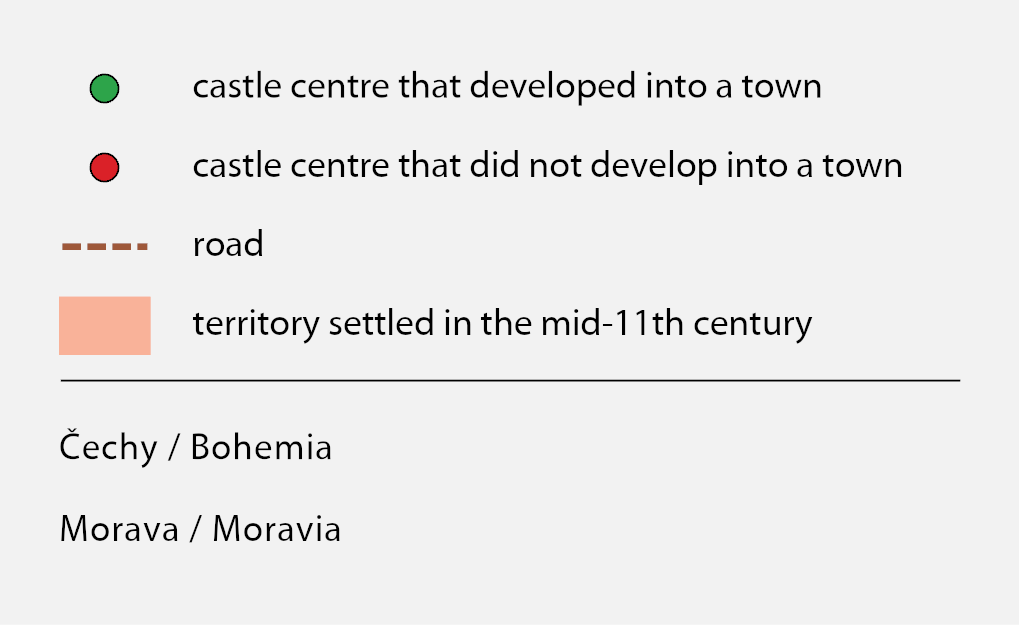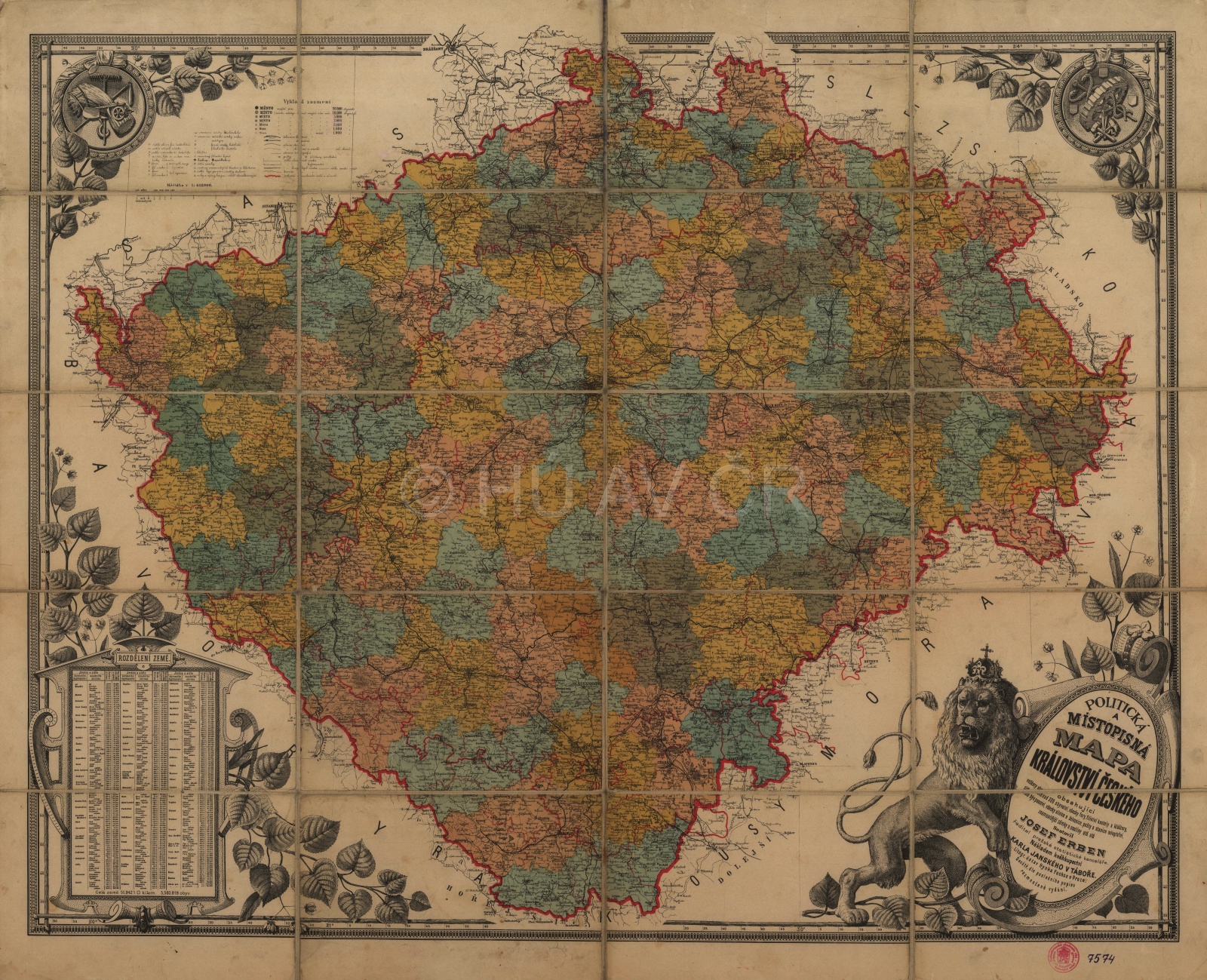Administration of Moravia in the 11th and 12th centuries
From the 10th century, the central pillar of princely supervision of the land and the population was the 'castle'. Apart from the military, residential and strategic roles, the castles gained the position of the ruling and ecclesiastical administrations. The so-called castle organization, or castle system was established. Its origins can be traced to the Přemyslid domain in the Prague surrounds roughly defined by (Stará) Boleslav, Mělník, Libušín, Tetín and Lštění. After the unification of Bohemia in the mid-10th century, the number of administrative castles grew. From the 10th to the mid-12th century, Bohemia and Moravia also consisted of appanages – smaller territorial units administered by members of the reigning dynasty. An appanage was not a separate administrative territory and in Bohemia, unlike Moravia, it was not even permanent in its extent or existence. There was an appanage in the Kouřim region in the 10th century, Plzeň in the 11th century and Chrudim and Čáslav in the early 13th century. In Moravia, one appanage was established when Oldřich, Duke of Bohemia took control of Moravia, two appanages, i.e. Olomouc and Brno were established under the rule of Vratislaus II and three appanages, i.e. Olomouc, Brno and Znojmo were established at the end of the 11th century. Appanages in Moravia with the seats in Olomouc, Brno and Znojmo were turned into chief castle centres.

Bohemia and Moravia in the 12th century on the historical map of Josef Kalousek (1885). Map Collection of the Institute of History, CAS. Display map
References
Žemlička, J.: Čechy v době knížecí. Praha 1997;
Semotanová, E.: Historická geografie českých zemí. Praha 2002, 2006;
Semotanová, E. ‒ Cajthaml, J. a kol.: Akademický atlas českých dějin. Praha 2014, 2. akt. vydání 2016.

This work is licensed under a Creative Commons BY-NC-ND 4.0
Castle centres in Bohemia at the beginning of the 13th century
From the 10th century, the central pillar of princely supervision of the land and the population was the 'castle'. Apart from the military, residential and strategic roles, the castles gained the position of the ruling and ecclesiastical administrations. The so-called castle organization, or castle system was established. Its origins can be traced to the Přemyslid domain in the Prague surrounds roughly defined by (Stará) Boleslav, Mělník, Libušín, Tetín and Lštění. After the unification of Bohemia in the mid-10th century, the number of administrative castles grew. From the 10th to the mid-12th century, Bohemia and Moravia also consisted of appanages – smaller territorial units administered by members of the reigning dynasty. An appanage was not a separate administrative territory and in Bohemia, unlike Moravia, it was not even permanent in its extent or existence. There was an appanage in the Kouřim region in the 10th century, Plzeň in the 11th century and Chrudim and Čáslav in the early 13th century. In Moravia, one appanage was established when Oldřich, Duke of Bohemia took control of Moravia, two appanages, i.e. Olomouc and Brno were established under the rule of Vratislaus II and three appanages, i.e. Olomouc, Brno and Znojmo were established at the end of the 11th century. Appanages in Moravia with the seats in Olomouc, Brno and Znojmo were turned into chief castle centres.

Litoměřice in a current aerial image – a fort centre that grew into a town. Photo Pavel Vychodil

Remains of the Dřevíč fort that did not grow into a town. Wikimedia Commons. Foto Gortyna. Accessible here [verified 12/04/2020]
References
Žemlička, J.: Čechy v době knížecí. Praha 1997;
Semotanová, E.: Historická geografie českých zemí. Praha 2002, 2006;
Semotanová, E. ‒ Cajthaml, J. a kol.: Akademický atlas českých dějin. Praha 2014, 2. akt. vydání 2016.

This work is licensed under a Creative Commons BY-NC-ND 4.0

